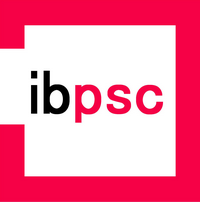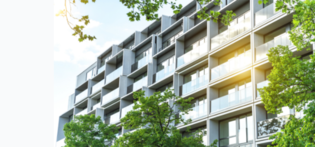Green BIM 2. Green Information Modelling and Operation: Transformation of the green sector through digitalisation
Initial situation/motivation
The green sector is experiencing an upswing as a result of the climate and energy crisis, reinforced by the opportunities and challenges of the EU digital strategy. In order to successfully enter the digital future, it is crucial to know the right tools and use cases. As part of the previous "Green BIM" project, the foundations for BIM-based planning across the entire life cycle of green buildings were developed and successfully presented to stakeholders in autumn 2022. Not only were data structure principles defined, but also specifications for different levels of detail of model information in the course of the project, including phase models and process patterns for three case studies.
Contents and objectives
The current project, "Green BIM 2: Green Information Modelling and Operation - Transformation of the green sector through digitalisation" (duration 06/2023 to 12/2025), builds on the technological progress of the previous "Green BIM" project, which researched the application of BIM in the field of structural greening. This technological leap is now being extended to other fields of application in landscape planning and the knowledge gained is being integrated into practice. The results of Green BIM, including the IFC data structure, bsDD extensions, adapted AIAs and 3 use cases with prototypical process patterns, will be tested and applied in a practical proof with 7 practice partners, also known as "Green BIM users".
Methodological approach
Implementation takes place with the support of LOI partners in real planning projects along the entire process chain and service phases, from design to subsequent use. Following the practical proof, the "Green BIM-IFC data structure" will be expanded and updated in BIMQ to enable its application to other fields of landscape planning. The focus is on the transition from building greening to horizontal open space planning and from object planning to organisation planning. Work is also underway on interfaces to software programmes for tendering, green maintenance, facility management and BIM & building certification. Performance indicators for green and blue infrastructures, BIM workflows for eco-simulations and real-time monitoring concepts are being defined, as are further use cases and process patterns.
At the same time, learning opportunities for 3D and BIM applications in the green sector are being developed to promote their practical application. Finally, the involvement of relevant stakeholders is planned in order to drive forward the international standardisation of the "Green BIM-IFC data structure", in cooperation with buildingSMART International and ASI in Austria.
Expectation
The project promotes the development of digital and data-based planning for climate-resilient urban neighbourhoods and extensive greening projects on horizontal surfaces. The early integration of landscape architecture in BIM models surpasses the current state of the art and gives the green sector a significant knowledge and technology advantage.
Project duration
06/2023-12/2025
Contact person from IBPSC
Ass.-Prof. BM Dipl.-Ing. Dr.techn. Hans Hafellner, Graz University of Technology, Institute for Building Physics, Services and Construction
Project partners
- Büro für nachhaltige Kompetenz B-NK GmbH
- AEE Intec
- buildingSMART Austria
- Dipl.-Ing. Ralf Dopheide e.U.
- FCP
- grünplan gmbh – Ingenieurbüro für Landschaftsarchitektur
- Henning Larsen Architects
- Kräftner Landschaftsarchitektur
- Neuland Garten- und Landschaftsbau GmbH
- Rajek Barosch Landschaftsarchitektur
- Topio e.U.
- Universität für Bodenkultur
- Verein zur Förderung der Grünen Baukultur


